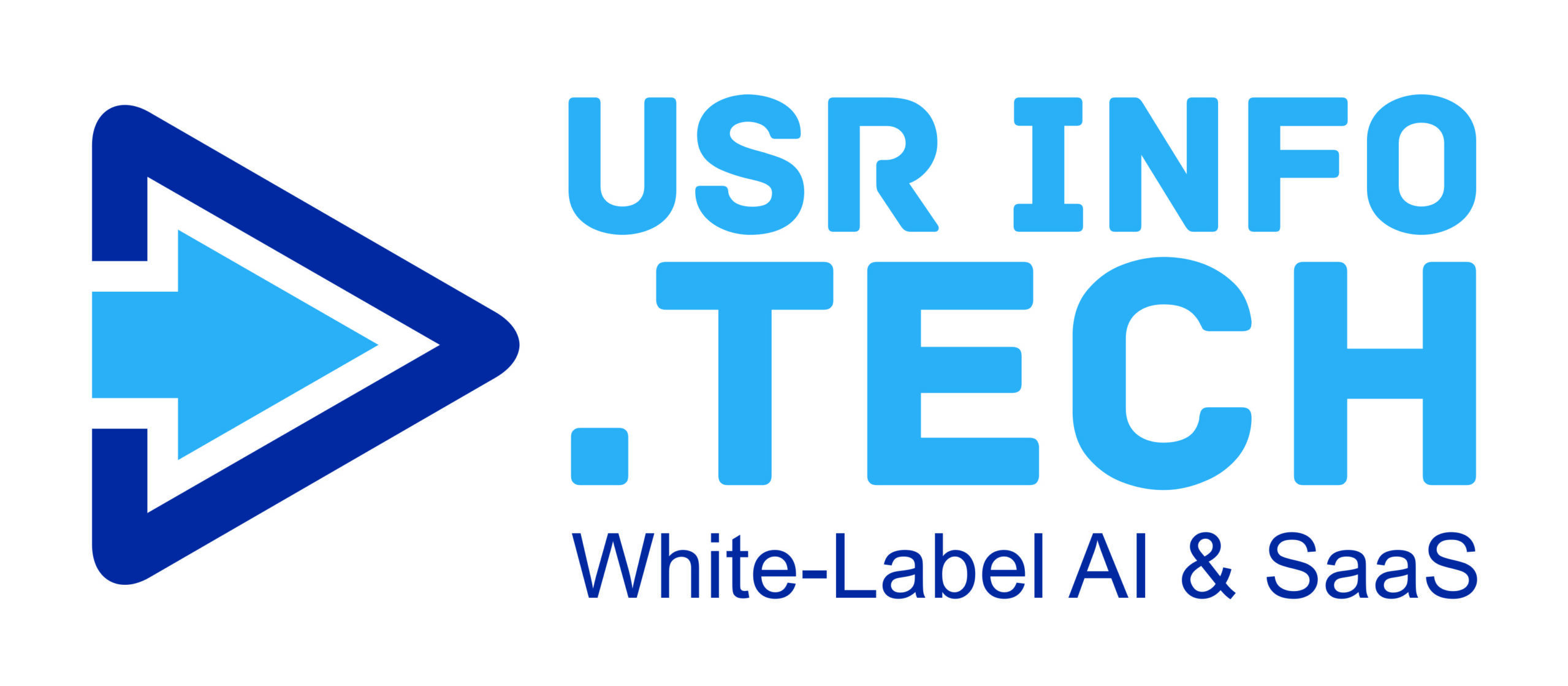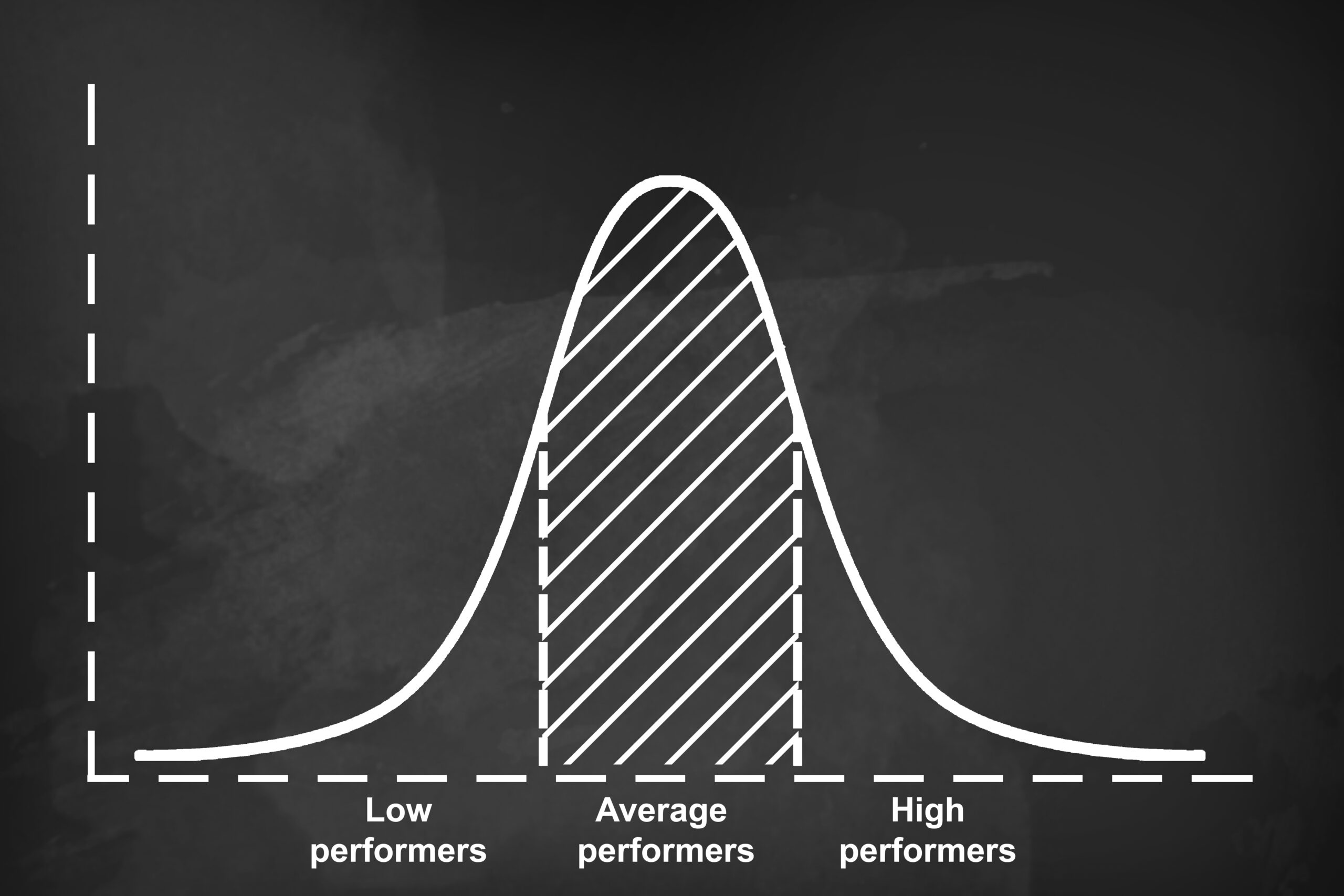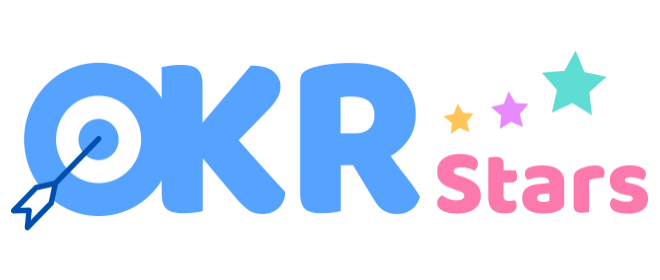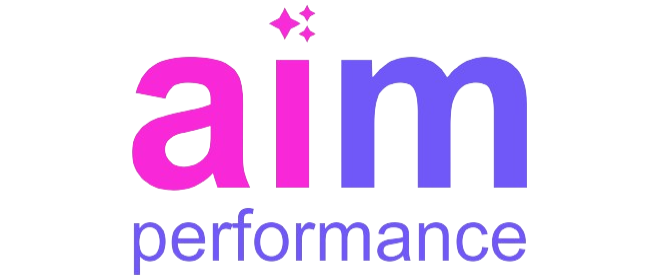Performance management is an essential aspect of any organization, ensuring that employees are assessed fairly and consistently. One of the most effective tools for this purpose is the bell curve, also known as forced distribution or normal distribution. This article delves into the intricacies of how the bell curve in performance management helps in ranking white collar, grey collar, and blue collar workforce, ensuring a balanced and fair evaluation system.
Understanding the Bell Curve in Performance Management
The bell curve is a statistical tool that represents the distribution of performance ratings in a symmetrical, bell-shaped graph. It assumes that a small percentage of employees will be high performers, a small percentage will be low performers, and the majority will fall in the middle.
In performance management, the bell curve helps organizations categorize employees into different performance levels. This method ensures that not everyone receives the same rating, which can lead to more accurate and meaningful evaluations.
White Collar Workforce: Navigating the Bell Curve
White collar employees, typically involved in professional, managerial, or administrative work, are often evaluated using the bell curve. This approach helps in distinguishing top performers from average and low performers.
Also by applying the organizations can identify high-achieving white collar employees who may be eligible for promotions, bonuses, or other rewards. This recognition not only motivates these employees but also sets a benchmark for others to strive towards.
Grey Collar Workforce: Bridging the Gap with the Bell Curve
Grey collar workforce, who perform tasks that require both manual labor and technical skills, occupy a unique space in the workforce. The bell curve in performance management helps in objectively assessing their contributions.
Using the curve, employers can ensure that grey collar employees receive fair evaluations based on their performance. This method helps in identifying training needs, areas for improvement, and potential leaders within this workforce segment.
Blue Collar Workforce: Leveraging the Bell Curve for Fair Assessment
Blue collar workforce, typically involved in manual labor, can also benefit from the bell curve in performance management. This approach ensures that their hard work and contributions are recognized and rewarded appropriately.
Also helps in creating a structured performance evaluation system for blue collar employees. It allows managers to identify top performers who can be rewarded and those who may need additional support or training.
Benefits
One of the primary advantages of using the bell curve in performance management is that it promotes a culture of meritocracy. Employees are evaluated based on their performance, leading to fair and unbiased assessments.
Additionally, this also helps in identifying high and low performers. This information is crucial for making informed decisions about promotions, salary increases, and training programs, ensuring that the right resources are allocated to the right employees.
Challenges of Implementing
While the bell curve offers several benefits, it also comes with its challenges. One major drawback is that it can create a competitive environment that may not always be healthy for team dynamics.
Moreover, forcing a distribution can sometimes lead to unfair evaluations, especially in small teams where the performance levels might not vary significantly. It’s important for organizations to use it for judiciously and in combination with other evaluation methods.
Best Practices
To effectively use the bell curve in performance management, organizations should follow certain best practices. Firstly, it’s essential to ensure transparency in the evaluation process. Employees should be aware of how they are being assessed and what criteria are being used.
Secondly, regular training for managers on how to apply the curve fairly can help in mitigating biases. Finally, combining with other performance management tools can lead to more holistic and accurate evaluations.
Future Trends in Performance Management
As organizations continue to evolve, so do their performance management practices. The bell curve, while effective, may be supplemented with newer technologies and methodologies, such as artificial intelligence and continuous feedback systems.
These advancements can provide more real-time and personalized evaluations, further enhancing the accuracy and fairness of performance assessments across all workforce segments.
Conclusion
In conclusion, the bell curve in performance management is a valuable tool for ranking white collar, grey collar, and blue collar workforce. By promoting fair and consistent evaluations, it helps organizations recognize and reward top performers, identify areas for improvement, and allocate resources effectively. However, it is crucial to implement thoughtfully, considering its potential challenges and combining it with other evaluation methods for a balanced approach.










